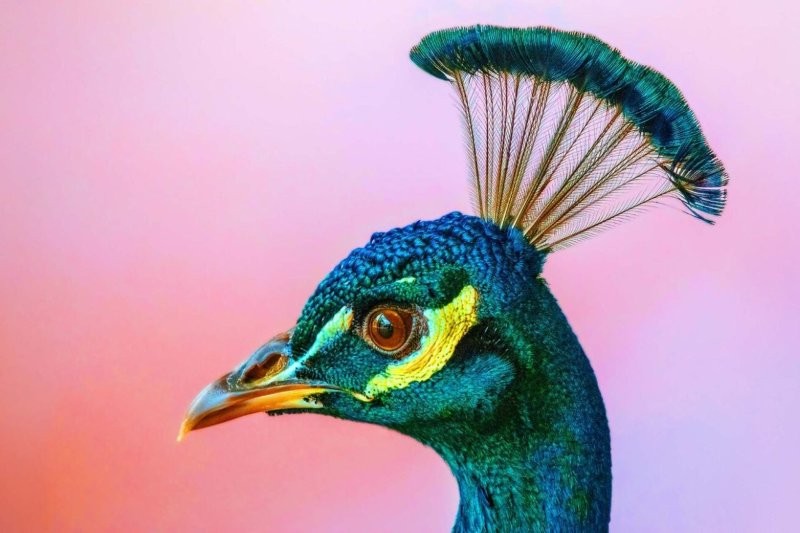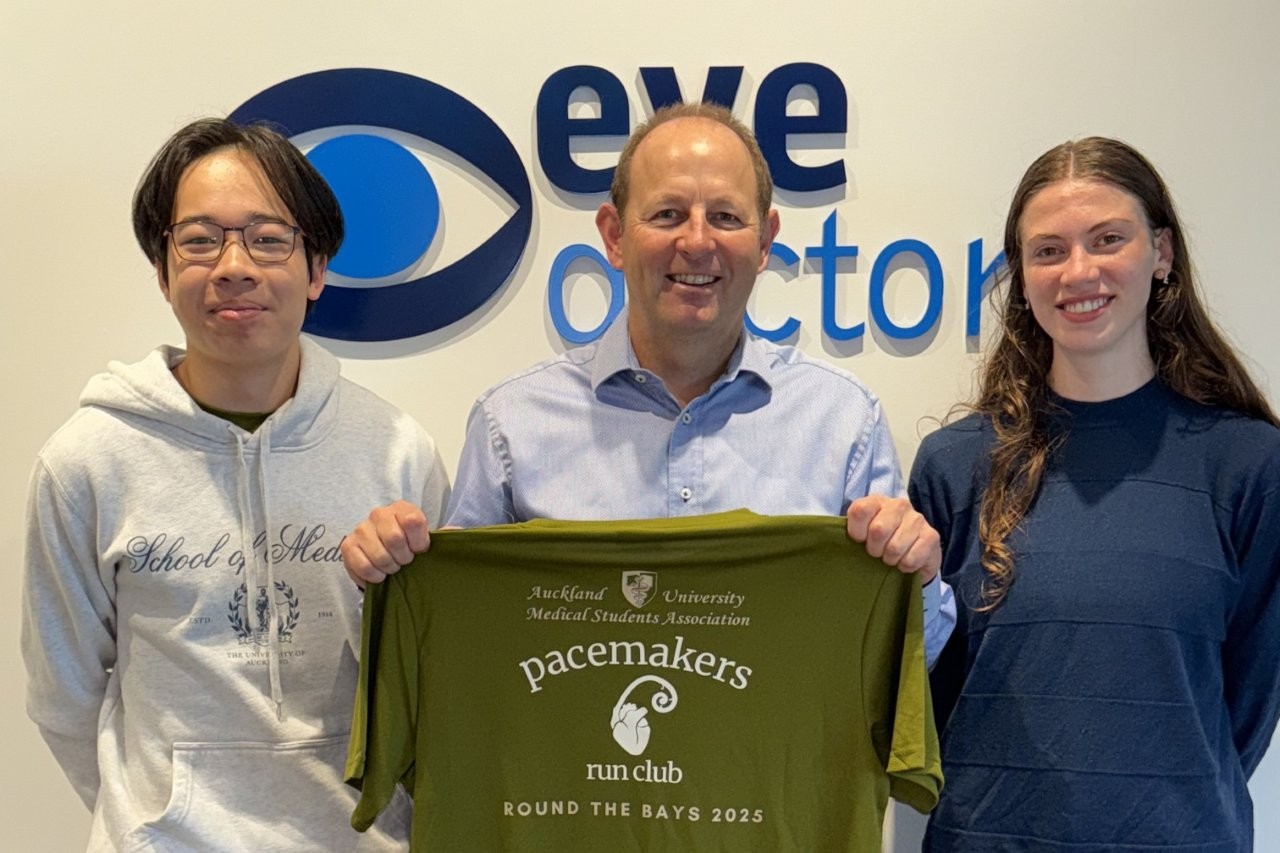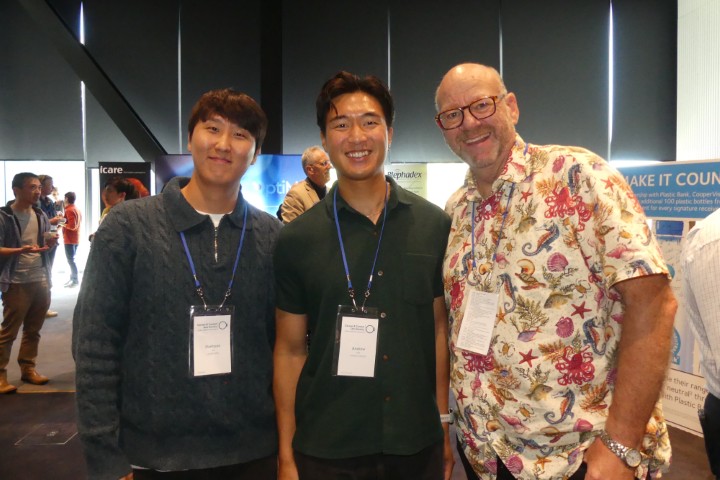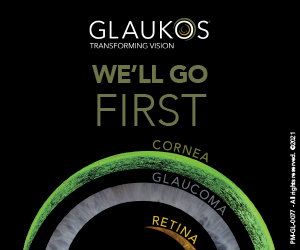Olo, olo, olo – a new colour!
Researchers at the University of California, Berkeley, have discovered a way to make the human eye perceive a completely new colour, ‘olo’, a vivid blue-green never seen in nature. The technique provides insight into how we see and may help advance treatments for vision loss, they reported.
Inspired by The Wizard of Oz, the system – dubbed Oz – uses tiny laser pulses to target and activate up to 1,000 individual photoreceptors in the retina. This allows researchers to project images, moving dots, and colours beyond those typically visible, including olo, said James Fong, a doctoral student in electrical engineering and computer sciences at UC Berkeley. “We can now answer fundamental questions about human colour vision. It gives us a way to study the retina at a new scale.”
Humans perceive colour through three types of cone cells – S (blue), M (green), and L (red) – but M and L cones have overlapping sensitivities. “There’s no wavelength that stimulates only the M cones,” said lead researcher Professor Ren Ng.
Wondering if they could activate just the M cones to produce the greenest of greens, Prof Ng collaborated with Professor Austin Roorda of UC Berkeley’s School of Optometry, who had already developed technology to stimulate individual photoreceptors using microdoses of laser light. With help from the University of Washington, they built a system that maps the retina and precisely activates cones using a green laser beam. By primarily stimulating M cones, they were able to trick the eye into seeing olo, they wrote in Science Advances.
Beyond colour, the technology has potential in eye disease research. “Many conditions involve lost cone cells,” said doctoral student and co-lead author Hannah Doyle. “I’m exploring how cone-by-cone activation might simulate this loss in healthy subjects.”
Researchers are also investigating whether Oz could help people with colour blindness, or even expand human vision to include a fourth colour channel, like tetrachromatic vision. “We’re not projecting an image, we’re directly stimulating the cells. And we found we can expand visual experience with olo,” said Prof Roorda. “It raises the question, can the brain interpret entirely new signals? I believe it can.”


























